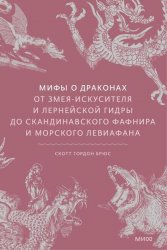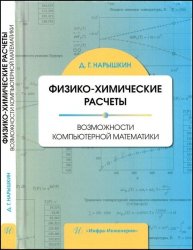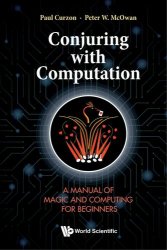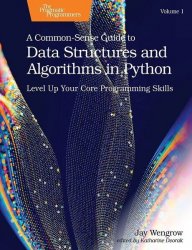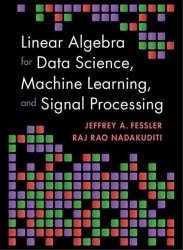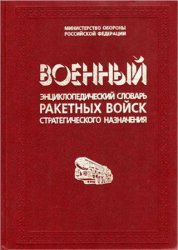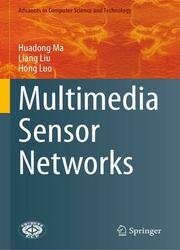 Название: Multimedia Sensor Networks
Название: Multimedia Sensor NetworksАвтор: Huadong Ma, Liang Liu
Издательство: Springer
Год: 2021
Страниц: 258
Язык: английский
Формат: pdf (true)
Размер: 13.2 MB
Sensor networks are an essential component of the Internet of Things (IoT), and Multimedia Sensor Networks (MSNs) are the most important emerging area in sensor networks. However, multimedia sensing is characterized by diversified modes, large volumes of data, considerable heterogeneity, and complex computing, as a result of which the theory and methods for traditional sensor networks can’t be applied to MSNs.
Based on the authors’ years of systematic research on related theory and methods, this book provides a comprehensive review of MSNs. The coverage ranges from networked sensing and fusion-based transmission, to route discovery and in-network computing. The book presents the most important scientific discoveries and fundamental theories on MSNs, while also exploring practical approaches and typical applications. Given its scope, it is especially suitable for students, researchers and practitioners interested in understanding scientific problems involved in characterizing multimedia sensing features, revealing the transmission mechanisms of MSNs, and constructing efficient in-network multimedia computing paradigms. In this book, readers will learn essential methods for achieving the optimal deployment of, efficient and reliable transmission, and timely information processing in MSNs.
The book is divided into six chapters. Specifically, the first chapter briefly introduces the background, research status, main research contents, and typical application fields of multimedia sensor networks. The second chapter mainly discusses multimedia sensing model and coverage control issues, including 2D and 3D directional sensor network models, as well as directional K-coverage, location-oriented coverage, and exposure path prevention methods. The third chapter discusses the transmission problem of multimedia sensor network, involving the self-adaptive fusion transmission method with effective energy, the biologically inspired routing optimization algorithm, and the trust-based fault-tolerant data aggregation framework. The fourth chapter discusses information processing issues in the multimedia sensor network, including video information processing based on correlation, dynamic node collaboration for mobile target tracking, distributed target classification, and in-network collaborative computing architecture. The fifth chapter mainly introduces the IoT services supported by multimedia sensor networks, including IoT service mode, progressive search, and its application in vehicle re-identification. Finally, the sixth chapter looks forward to the research frontiers and development prospects of future sensing networks, especially intelligent sensing networks and big sensory data processing.
Скачать Multimedia Sensor Networks
[related-news] [/related-news]
Комментарии 0
Комментариев пока нет. Стань первым!

